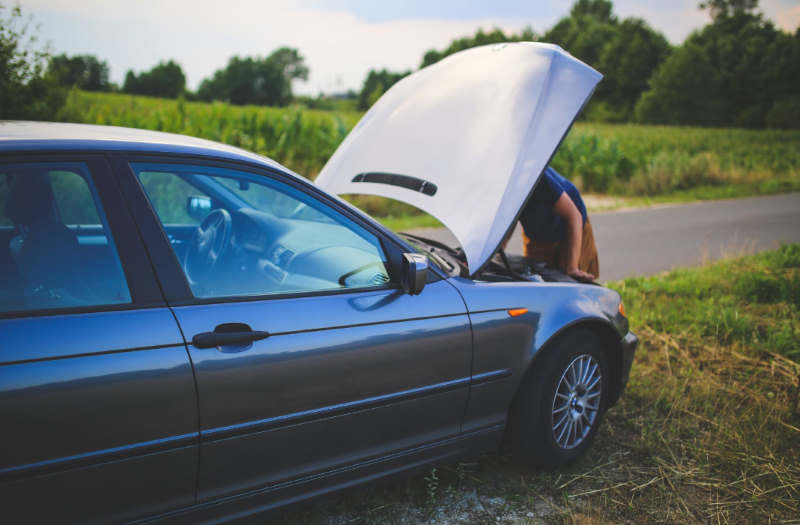Cars and trucks are more reliable than ever before, but problems cannot always be avoided.
When a personal vehicle breaks down, remaining calm and staying focused will always be the best bet.
Unfortunately, many drivers end up committing mistakes that make things unnecessarily difficult.
Professionals like those at acertusdelivers.com know that even a vehicle which can no longer move under its own power can always be dealt with in one way or another.
Instead of panicking and causing more problems, stay in control of the situation the next time your vehicle breaks down.
Simply work through the following seven steps and you should get back on track without trouble.
1. Activate Your Hazard Lights
All road-legal, four-wheeled vehicles have to feature special lights that signify the presence of a problem to others in the area.
Most states, in fact, require that drivers activate their hazard lights if they experience serious trouble.
As turning on your hazard lights can be done while still in motion, it will always be a good way to get started.
That will be a lot easier if you already know where to find the switch, so identifying it long before you experience an issue will always be best.
2. Move Out of the Way If Possible
Even when a vehicle's engine suddenly dies, it will often be possible to coast to the side of the road.
Moving a vehicle to the shoulder or even entirely off the asphalt will make a life-threatening collision less likely.
Always head for the nearest safe space as soon as you realize that your car has broken down.
If you were traveling in the left lane of a divided highway, for instance, you might need to pull off to that side.
3. Set Your Emergency Brake
Once your car has been moved to the safest available place, stop it from rolling by activating your emergency brake.
A car equipped with a manual transmission should also be left in first gear to keep it even more securely in place.
4. Assess the Situation
With your car moved somewhere safe and now at a complete stop, take a moment to have a look at your surroundings.
Some drivers become so agitated by experiencing a breakdown that they make silly, dangerous mistakes.
Looking around before proceeding any further will help you recognize any dangers that need to be remembered and accounted for.
It can also help you calm down and focus if you are feeling at all distressed.
5. Safely Exit Your Vehicle
At this point, it will often make sense to leave your broken-down vehicle, at least temporarily.
Do so as safely as possible, even if that requires exiting through the passenger-side door.
Make sure to look around for oncoming traffic immediately before leaving and remain alert for it thereafter.
6. Make Your Vehicle More Visible
While compliant hazard lights should do a good job of alerting other drivers, making your broken-down car even more visible will always help.
Some emergency kits include collapsible, reflective markers that can be set up behind a stricken car for this purpose.
Even laying out some brightly colored clothes behind a stationary car can help other drivers spot it.
7. Call for Help From the Safest Available Position
Having done everything possible to secure your car and make it visible, seek the safest spot from which to call for help.
That could be anywhere from a stand of trees by the side of the road to the cabin of your car, depending on the situation.
As at every other stage of the process, remain alert to your surroundings while you wait in case you need to make appropriate adjustments before help arrives.
